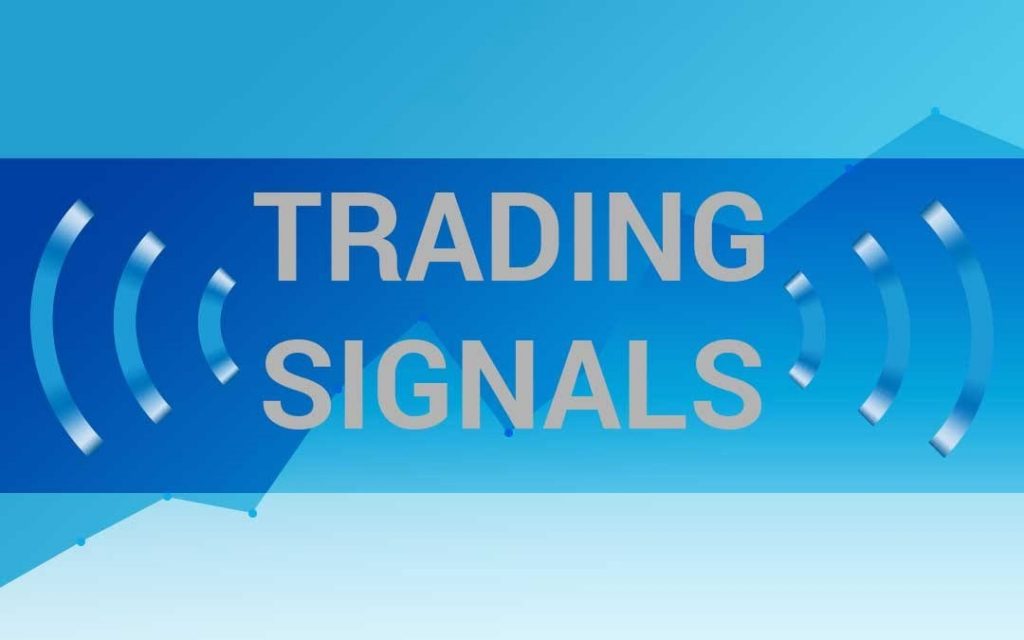

In the short time of its existence, cryptocurrencies have already established themselves as a profitable asset class that no investor can afford to ignore. Bitcoin's rise from a few cents to a high of just under $20,000 in less than a decade is a prime example of the incredible opportunities that cryptocurrencies offer the modern investor. Bitcoin was the first ever cryptocurrency, but since then a number of other projects have emerged that could mirror the cardinal coin's profitability.
Cryptocurrency fundamentals point to the future of digital cash and stores of value. But this does not mean that their prices will constantly increase. As with any other asset class, successful investing will always result in optimal price entry and exit points. This is why paid and free crypto signals are so important for any trader, whether new or experienced, who wants to take advantage of the money-spinning opportunities this new asset class provides.
Crypto signals are trading ideas or advice on how to trade specific cryptocurrencies at a specific price and time. A crypto signal is simply an instruction on which cryptocurrency trade position to open in the market, and this signal will contain all the relevant information about it. The information will include the specific cryptocurrency to be traded, the time of the trade, the buy or sell price, the target price to exit the trade, and most importantly, the optimal stop loss level to minimize losses in case the trade goes against the forecast.
Cryptographic signals are mainly generated in two ways: manually and mechanically. While the industry is still nascent, successful cryptocurrency experts and trading professionals have emerged. Such people have accumulated vast experience in analyzing price action in the world of cryptocurrencies, they can manually generate trading signals on major cryptocurrencies. Crypto signals can also be generated mechanically using computer software that scans, tracks and analyzes the price action of cryptocurrencies and tokens based on coded algorithms.
Cryptocurrencies are a profitable asset class, but to make money trading them, you still need good analysis, planning and time. Of all types of trading, it is difficult to consistently perform sufficient fundamental and technical analysis. This is even more frightening because cryptocurrencies have almost always shown unusual price patterns. Crypto signals simplify all this and provide trading tips that are the result of proper analysis of the respective cryptocurrencies. How crypto signals work in the market in 2023, find out by clicking on this link.
Most traders are already aware of the dangers of analysis paralysis, which can really hinder your trading success. Crypto signals help in this regard and can help investors continue to earn profits while clearing their minds.
Crypto signals are also very easy to use and can lead to better trading results in less time. This offers a new level of convenience and flexibility for traders interested in taking advantage of the limitless opportunities available in the cryptocurrency market.
Crypto signals can improve the trading performance of both beginners and experienced traders. They provide new investors with a rare chance to make money with cryptocurrencies as they continue to develop their investing and trading knowledge. For experienced traders, crypto signals can help expand the scope of profitability.
Here are some broad categories of cryptographic signals:
This is a classification based on how the signal is generated. As mentioned above, crypto signals are manually generated by experienced trading and investment professionals in the cryptocurrency world. There are several reputable names whose signals are followed by cryptocurrency enthusiasts and traders. Hand signals can be forwarded in various forms such as email, SMS or even social media.
However, automated cryptographic signals are generated by computer software that has been programmed to identify potential trading opportunities based on a coded set of parameters.
This is a classification based on the cost of the service or signal provider. There are cryptocurrency trading signals that are offered for free or with a limited trial offer; these are usually free signals. There are also other crypto-signals that are offered for a price (either a recurring subscription or a one-time price); there are generally paid signals.
